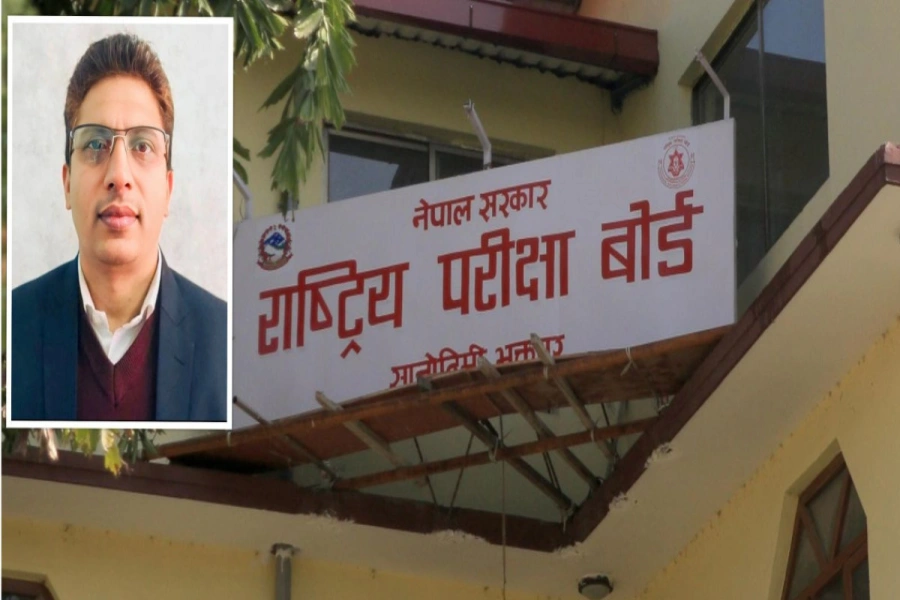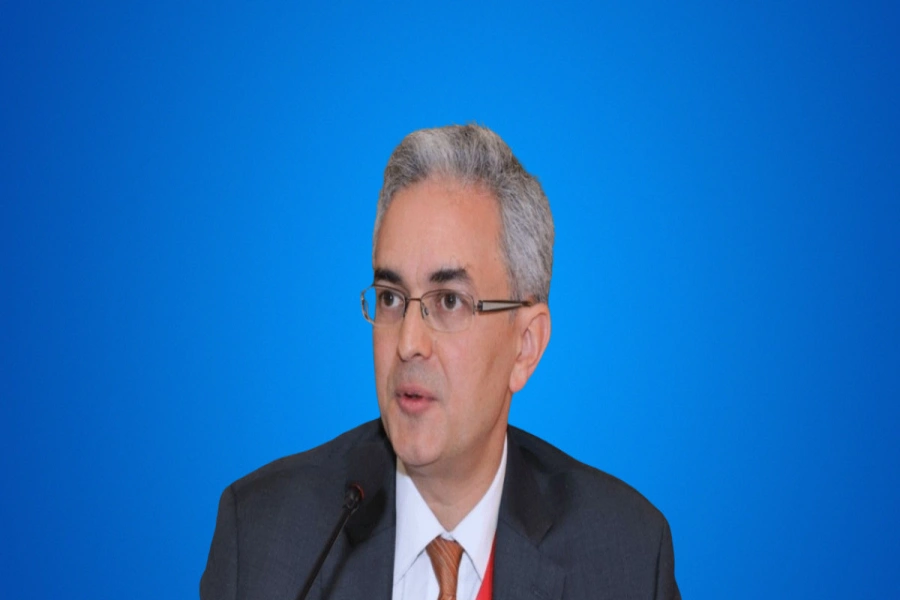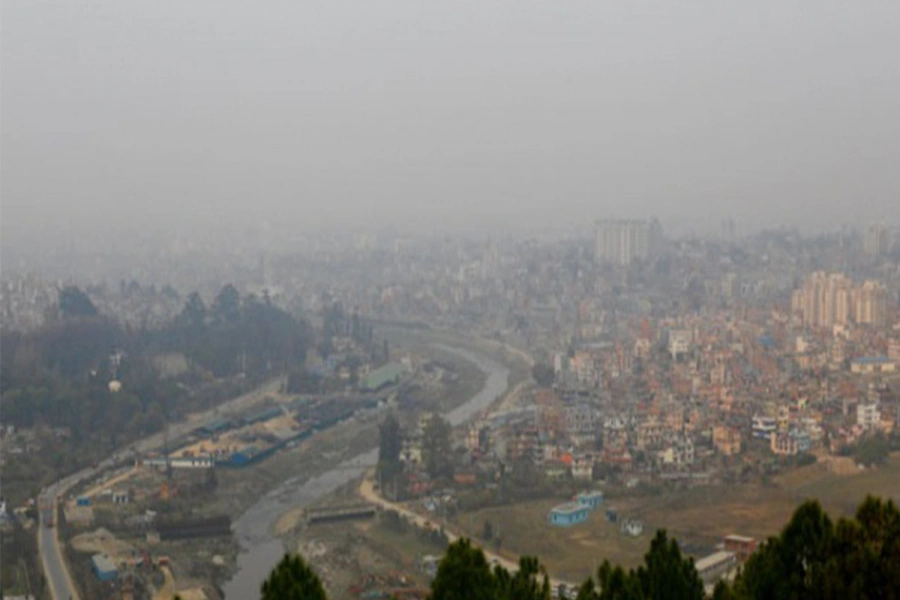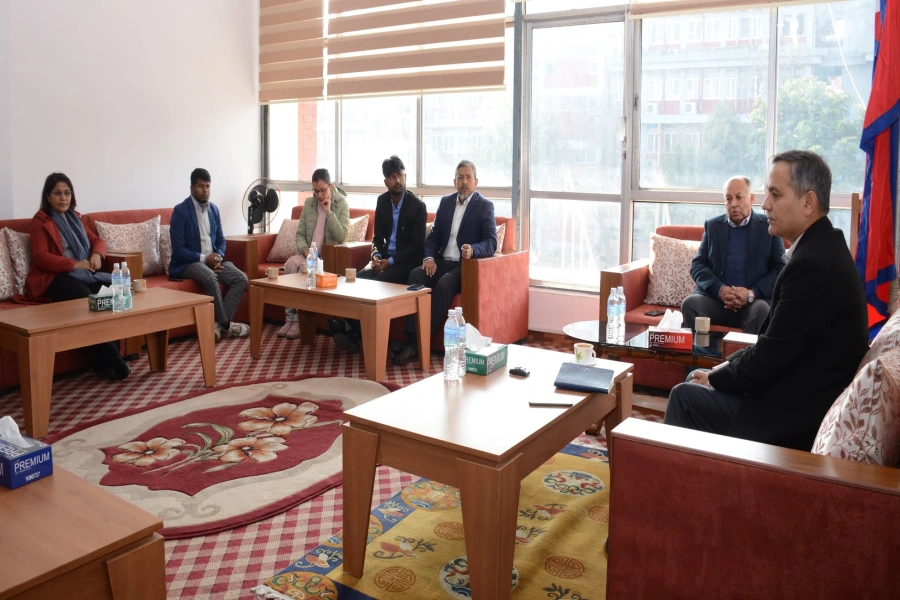“The recitation of Krishna Mahamantra ‘Hare Krishna Hare Krishna, Krishna Krishna Hare Hare, Hare Ram Hare Ram, Ram Ram Hare Hare’ it is believed to purify us and bring happiness in life,” shared Ramina Maharajan, a member of International Society of Krishna Consciousness (ISKCON), Nepal.
Maharjan was at Krishna Mandir, Patan Durbar Square on Monday to offer prayers on the occasion of Krishna Janmashtami and presented ‘Bhagwat Geeta’ to President Bidhya Devi Bhandari. Along with the president, a large number of devotees visited Krishna Mandir to celebrate the birthday of Lord Krishna.
Significance of Krishna Janmashtami
Krishna Janmashtami is also known as Moha Ratiri. The day not only signifies the birth day of Lord Krishna, but also the birth day of Goddess Kali. Veteran Cultural Expert, Dr Jagman Gurung, shared, “We all celebrate Krishna Janmashtami on Bhadra Krishnapakshya Saptami, but it is also the birth anniversary of Goddess Kali. The day is also celebrated by the Shaktamatalambi community.”
According to him Shaktamatalambi are the followers of Shakti (goddesses). The followers sacrifice a black goat in the name of Goddess Kali every year on the night of Krishna Janmashtami in secrecy following tantrism. He added, “The day is also called Moha Ratri because worshipping Lord Krishna on this day is believed to impart consciousness and chase away ignorance so that devotees gain contentment in life.”
Meanwhile, Krishna Janmasthami is also related to Lord Shiva. Mythologies indicate that Lord Shiva had transformed himself as Radha and Goddess Parvati transformed herself as Krishna on this day.
President Paudel visits Patan Krishna Temple on the occasion o...

Explaining more about the story, Dr Gurung narrated, “It is mentioned in the ‘Tantrashatra’ that it was hard for humans in past to know if their partner is sexually satisfied. So to know how their partner felt, Shiva and Parvati changed their gender and were born as mortals. Lord Shiva hid his penis inside a flower known as Karbir Pushpa or Bauswan and Parbati hid her vagina in the feathers of peacock. So, Lord Krishna wore peacock feather on his head as a symbol of vagina.”
Similarly, devotees offer peacock feather to Lord Krishna and take it home in the belief that it will invite fertility and prosperity.
Moreover, Krishna Janmashtami is also celebrated with prayers for salvation to the dead and in this sense the festival can be co-related with Gaijatra, as per the priest of Krishna Temple, Pratapdhar Sharma.
“Both Hindus and Buddhists celebrate Gaijatra from Bhadra Krishna Pratipada to Krishnashtami in Saptami Tithi. They visit various temples and shrines and pray for salvation to the dead family members,” said Sharma.
Krishna temple and its historical importance
Devotees thronged the historic Krishna Temple in Patan Durbar Square on Monday to celebrate the birth anniversary of Lord Krishna. They were dancing to the tunes of Krishna bhajan, praising Lord Krishna. The area was evidently lively and exuberant with some kids dressed as Krishna.
Besides the religious importance, the temple also holds historical significance and architectural magnificence. “Krishna Temple was built during the medieval period by then king Siddhi Narsingh Malla. It was built in Shikar style using only stone. The temple’s architecture is also influenced by South Indian architecture, but also incorporated Nepali pagoda style,” informed Dr Gurung.
The temple also has intricate details about ‘Ramayana’ and ‘Mahabharata’ on its walls. According to Dr Gurung, it is the only temple in Asia with details of the two major Sanskrit epics that has proof of its construction date.
The three-storey temple houses the idols of Lord Kishna, Goddess Satyavama and Goddess Rukumani on the first floor, Shiva Linga on the second floor and Padmapani Bodhisattva in the third floor, as per Dr Gurung.
This year, however, devotees were not allowed inside the temple because of the damages it suffered during the devastating Gorkha Earthquake of April 25, 2015.






































